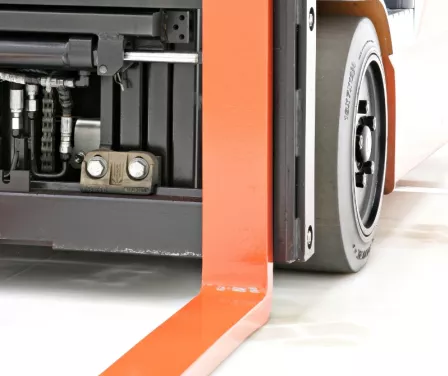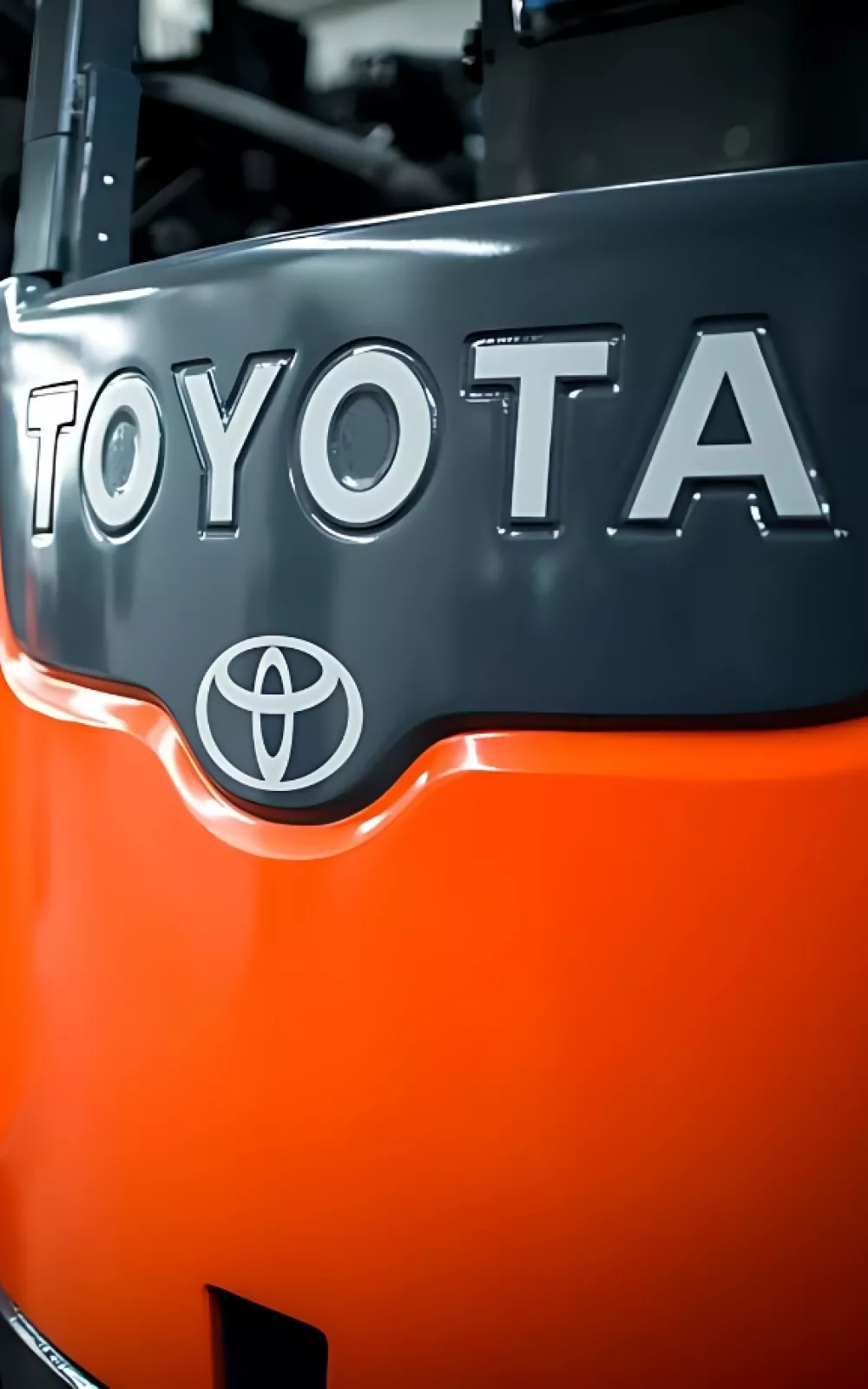Rent
ProLift offers daily, weekly, and monthly rentals. Find the right equipment for maximum productivity and safety.
Let us know how we can assist you! A ProLift specialist will connect with you to help with your material handling needs.

Worn forklift forks can compromise safety and lead to costly downtime. Learn how regular inspections and proper maintenance of your forks can keep your forklift in service and prevent unexpected repairs or accidents. Stay ahead of the issue before worn forks take your equipment offline.

Regular inspection of your forklift forks will help you determine when it’s time for forks replacement. At minimum, your forklift’s forks are required to be inspected every 12 months and in case of severe application, more often.
During your fork inspection, you may find 10% or more wear. This discovery means you have a 20% reduction in capacity and the forklift must be taken out of service until the forks are replaced.
Further information about User Fork Wear Standards can be found within ANSI regulation B-56.1. This regulation will walk you through a complete inspection for surface cracks, straightness, fork angle, tip alignment, lock damage, fork blade wear, markings and fork hooks.

Looking for a forklift part? Check out the MyToyota online parts catalog or reach out to ProLift to connect with one of our parts specialists for assistance.
The forks on a forklift have a limited life span. Inspecting forks daily can ensure safer operation and should concentrate on three areas: fork hooks, heels and tips.
Hooks are vital welds on a forklift because they are the main source for lifting and carrying product. If a hook on a fork fails, an elevated load can fall and the forklift may tip over. Before the start of each shift, operators and technicians should inspect each fork on both sides of the hook for cracked welds and separation from the fork upright shank.
Fork heels should be visually inspected each day for cracks. When a load is applied, the forks flex and microscopic cracks are produced in the metal. Over time the metal fatigues and the cracks become larger.
Heel thickness is decreased when the heel of a fork is dragged on the floor, especially on rough surfaces such as concrete or blacktop. The heel thickness can be measured with a fork caliper and compared to the fork upright shank thickness. The mast chains and tire wear should also be inspected. If either of these components is worn beyond their useful life, forks might drag.
Damaged fork tips can lead to operator frustration as they prevent proper engagement and disengagement of loads. Fork tips are often damaged when used improperly to nudge loads or when they strike walls and posts. It’s essential to regularly measure fork tips using a fork caliper. According to ANSI standards, the tip height deflection in a pair of forks must not exceed 3% of the blade length. For example, a 42″ fork set can have up to a 1″ tip height difference before repair or replacement is necessary.
These are basic daily visual inspections applicable to most forks, but certain applications may require additional inspection points and standards. ANSI also mandates more detailed inspections on an annual basis.
Through our maintenance programs and parts inventory, ProLift can supply you with replacement forks. Contact us at (800) 583-4023 or shop online.
ProLift is your one-stop shop for dock and door, forklift, and industrial battery maintenance. Contact us today to be connected with a sales consultant.

Discover best practices for maintaining and using some of our most frequently purchased parts.
Request assistance or a quote for forklifts and material handling equipment. ProLift supplies parts not only for our trusted manufacturers but also for all makes and models.

Let us know how we can assist you! A ProLift specialist will connect with you to help with your material handling needs.
